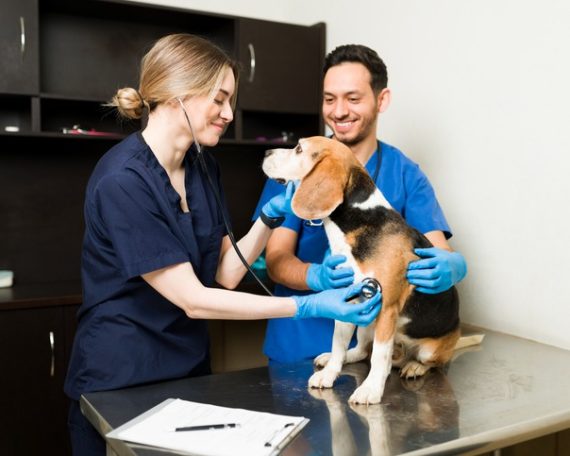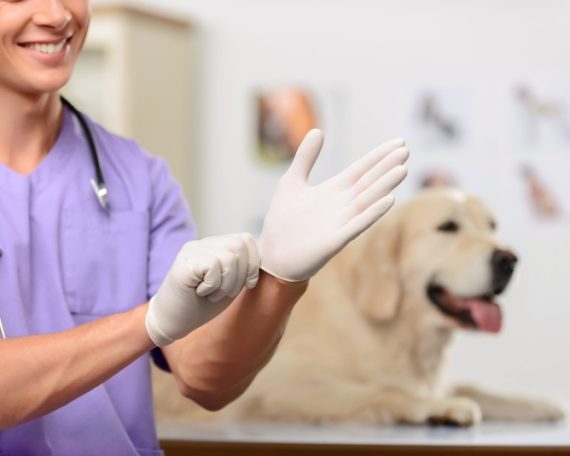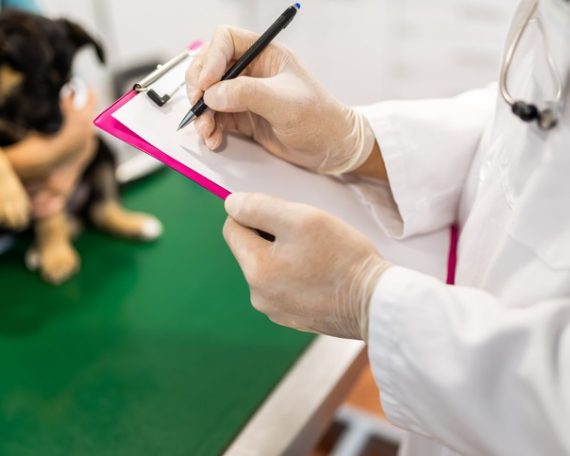How Do Veterinarians Diagnose Common Pet Illnesses?
Worried about your pet’s health? You’re not alone. Many pet owners share this concern. Understanding how veterinarians diagnose common pet illnesses can put your mind at ease. Here, we’ll explore the steps vets take to ensure our furry friends receive the best care possible.
Diagnosing Common Pet Illnesses
The process veterinarians use to diagnose common pet illnesses involves several steps. By following a structured approach, they can effectively determine the cause of your pet’s symptoms.
1. Initial Examination
The first step is a general physical examination. Your vet checks your pet’s vital signs, including:
-
Heart rate
-
Respiratory rate
-
Temperature
-
Weight
During this exam, the vet also looks for any visible signs of illness like skin issues, lumps, or abnormal behavior.
2. Medical History
Your vet will ask about your pet’s medical history. This includes past illnesses, surgeries, and current medications. Understanding your pet’s background helps the vet make a more accurate diagnosis.
3. Laboratory Tests
Veterinarians often rely on lab tests to identify illnesses that physical exams can’t detect. Common tests include:
-
Blood tests
-
Urine tests
-
Fecal exams
-
Skin scrapings
These tests help identify infections, organ dysfunction, and other internal issues.
4. Imaging Techniques
Imaging tools like X-rays, ultrasounds, and MRIs provide a deeper look inside your pet’s body. These methods are crucial for diagnosing conditions like fractures, tumors, and internal organ problems.
5. Specialty Consultations
When needed, your vet may refer you to a specialist such as a vet orthopedic surgeon. This helps in cases where your pet needs advanced care or surgery for conditions like bone injuries or joint issues.
6. Monitoring and Follow-Up
Monitoring your pet’s progress is essential. Your vet may schedule follow-up appointments to check how your pet responds to treatment. Adjustments to medication or care plans might be needed based on these follow-ups.
Standard Tests for Diagnosing Illnesses
Veterinarians use a variety of tests to diagnose pet illnesses. Understanding these tests can help you know what to expect during your vet visit.
-
Blood Tests: Blood tests are among the most common diagnostic tools. They can reveal:
-
Infections
-
Kidney and liver function
-
Blood sugar levels
-
Immune system health
Blood tests often provide a quick and reliable way to gauge your pet’s internal health.
-
Urine Tests: Urine tests help diagnose urinary tract infections, kidney problems, and diabetes. They can also identify signs of metabolic issues.
-
Fecal Exams: Fecal exams are essential for detecting parasites like worms and protozoa. These tests involve examining a sample of your pet’s stool under a microscope.
-
Skin Scrapings: For pets with skin issues, vets may perform skin scrapings. They collect a small sample of skin to check for mites, infections, and other dermatological conditions.
When to Consult Your Vet
Not every symptom requires an immediate vet visit. However, some signs should not be ignored:
-
Persistent vomiting or diarrhea
-
Sudden weight loss
-
Difficulty breathing
-
Unusual lethargy
-
Changes in eating or drinking habits
If you notice any of these signs, it’s best to consult your vet. Early intervention can prevent more serious health issues. Finding a trusted veterinarian is crucial for your pet’s health. Look for a vet with good reviews and experience in handling your type of pet. For larger animals, you might want to consider a specialized horse vet who can provide expert care for equine health issues.
Using Advanced Diagnostic Labs
Veterinary diagnostic labs offer advanced testing that standard clinics might not have. For accurate results, look for a specialized facility like this vet lab. These labs can conduct detailed tests that aid in precise diagnosis and treatment planning.
Advancements in veterinary technology have improved diagnosis and treatment. Innovations such as digital X-rays, advanced ultrasounds, and in-house lab equipment make it easier for vets to identify and treat illnesses quickly.
Preventing Common Pet Illnesses
Preventive care is key to keeping your pet healthy. Regular check-ups and vaccinations can catch potential problems early. Maintain a balanced diet and ensure your pet gets enough exercise.
-
Regular Check-ups: Annual check-ups allow your vet to monitor your pet’s health. These visits can help detect and address health issues before they become serious.
-
Vaccinations: Vaccines protect against common diseases like rabies, distemper, and parvovirus. Make sure your pet is up-to-date on their vaccination schedule.
-
Balanced Diet and Exercise: Proper nutrition and regular exercise are vital. Consult your vet for dietary recommendations and exercise routines tailored to your pet’s needs.
-
Pet Insurance: Consider getting pet insurance. It can help cover the costs of medical tests and treatments, ensuring your pet gets the care they need without financial strain.
Final Thoughts
Understanding how veterinarians diagnose common pet illnesses can ease your worries about your pet’s health. From examinations to lab tests and imaging, these steps ensure your furry friend gets the best possible care. Always consult your vet if you notice any concerning symptoms and stay proactive with preventive care.










